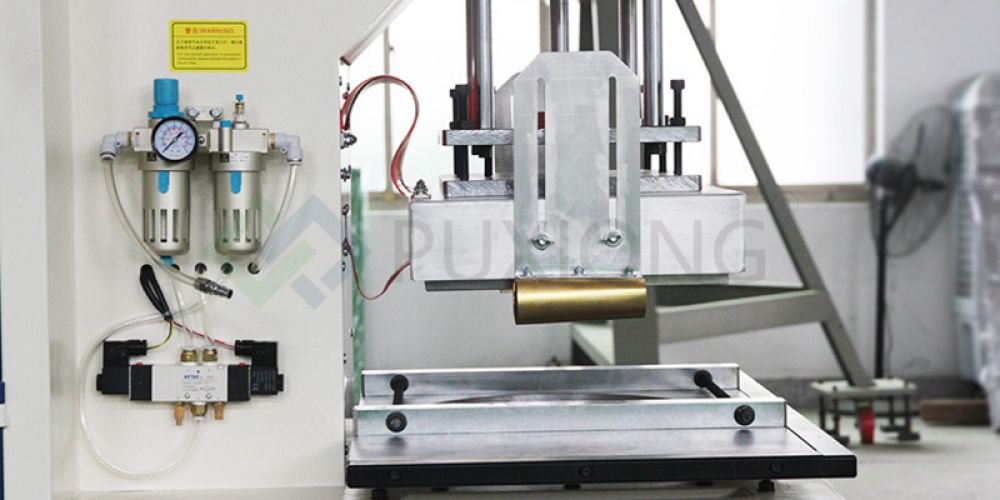
The materials used for machine tool guards vary widely to meet the needs of different machines and processing environments. Below are common guard materials and their characteristics:
Metal Materials
(1) Steel Plates & Stainless Steel:
The most common metal guard materials. Typically formed from 1.5mm–4mm thick cold-rolled steel or stainless steel sheets using cutting/press brakes. Advantages include high strength, heat resistance, and mechanical durability, making them suitable for large machines and high-speed equipment. Drawbacks include heavy weight, high cost, rust susceptibility, and frequent maintenance needs.
(2) Aluminum Alloy:
Lightweight, corrosion-resistant, and moderately strong, ideal for weight-sensitive applications.
Plastic Materials
Offer corrosion resistance, easy processing, lightweight, and lower cost. Suitable for small machines and low-speed operations. Limitations include poor heat resistance and mechanical durability, making them unfit for prolonged high-speed machining.
Nylon-PVC Composite
Often used in bellows-type guards: Nylon fabric exterior with internal PVC reinforcement. Combines oil/corrosion resistance, impact resilience, compact compression, and long travel distances, making it adaptable to complex environments.
Silicone-Rubber Composite Fabric
Excels in oil/acid/alkali/heat resistance, suited for specialized high-demand environments.
Three-Proof Fabric (Nylon Fiber)
Waterproof, dustproof, and oil-resistant. Commonly used in roller-type guards for balanced protection and cost efficiency.